Are Smartwatches More Distracting For Drivers Than Mobile Phones?
Second to iPhones, Americans have become obsessed with wearable technologies. From Fitbits to Apple Watches, people love the hands-free way of life. You can track your steps, view text messages, and monitor your heart rate all from the convenience of your wrist. By 2020, approximately one-in-five Americans were already wearing a smart watch or fitness tracker. And that number has grown significantly since, with an estimated three times market growth in the next decade. While their use is extraordinary, is it possible that smartwatches are more distracting for drivers than mobile devices?
There is a fair number of people who would agree. Perhaps the greatest value of a smartwatch is its versatility, because it can notify you of a meeting or fitness achievement at any time, even while driving your car. It can also help get you from point A to point B. When using the Maps function, your smartwatch will notify you of an upcoming turn by sending a series of vibrations. The technology is remarkable. In every essence, the smartwatch has become a mini cell phone.
With this in mind, there is a growing concern for how distracting these tiny devices really are. Wearable technologies are nonetheless intuitive and interactive, but they do pose the risk of you taking your eyes off the road. Therefore, it is possible that smartwatches are more distracting than helpful when driving a car. Read on to find out why, including what state laws have been passed regarding this safety issue.
How smartwatches and other wearable technologies are causing distracted driving
For many years, the root of distracted driving was cell phone usage. It urged just about every state to implement cellphone laws that limit its use while driving. A study by AAA further confirmed that distracted driving is a popular issue surrounding novice drivers. The research concluded that electronics use is the leading source of distraction for teen drivers. Moreover, now we have smartwatches and other wearable technologies to take into the equation.

Image source: Pixabay
According to The Zebra, an estimated 40.4% of Apple users admit engaging with their cellphone while driving. Now just think how many smartwatch wearers look down at their wrist while heading to and from work each day. In theory, a smartwatch is favorable because your hand doesn’t have to leave the wheel. However, all it takes is a few glances away to loose sight of what’s ahead.
Other examples of distracted driving
While cell phone usage and smartwatch technologies are the most talked about components of distracted driving, here are a list of other risky behaviors that can sway your attention:
- eating
- drinking
- fussing with the navigation system
- changing the radio/infotainment screen
- talking with other passengers
Various studies have shown that distracted drivers have reduced reaction times and are unable to perform optimally. As a result, drivers that partake in any form of distracted driving create greater danger to themselves and the drivers around them. Any type of distraction mentioned above can lead to an accident, injury, or fatality.
The loophole
Most U.S. states have enacted cell phone laws that prohibit drivers from talking on the phone. These laws also forbid texting while driving, which has become a leading source for accidents nationwide. In fact, 1 out of every 4 accidents is caused by texting and driving. This alarming statistic shows the growing concern for distracted driving and how to put a stop to it. It even makes us question where smartwatches and other wearable technologies fall under state legislation.
Let’s just say, there’s not much to speak of. After doing some research, we’ve found that most states are in the same conundrum. While provisions and new bills have been implemented recently to improve distracted driving concerns, nothing specifically addresses wearable devices. That said, as smartwatches continue to soar in popularity, we’ll likely see more lobbying for safer usage while driving.
Initiate the do not disturb function
The market for wearable technologies is just getting started. Between Samsung, Apple, and Huawei, we’ve seen some of the greatest innovations to date for wearable devices. They are hard not to love, and use at all times of the day. However, keep in mind the dangers of using your smartwatch while behind the wheel. If you don’t trust yourself to keep your eyes and hands off your wearable device, try turning on the do not disturb function. This feature will quietly dismiss all notifications until you deem appropriate.
Do you think smartwatches are more distracting or just as distracting as mobile phones? Leave a comment below.






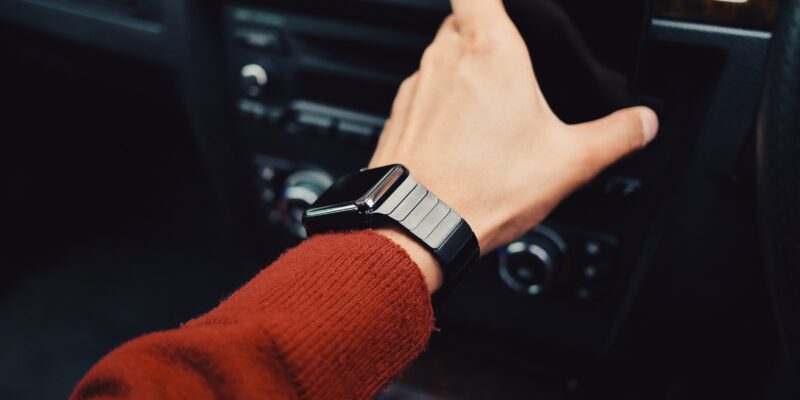

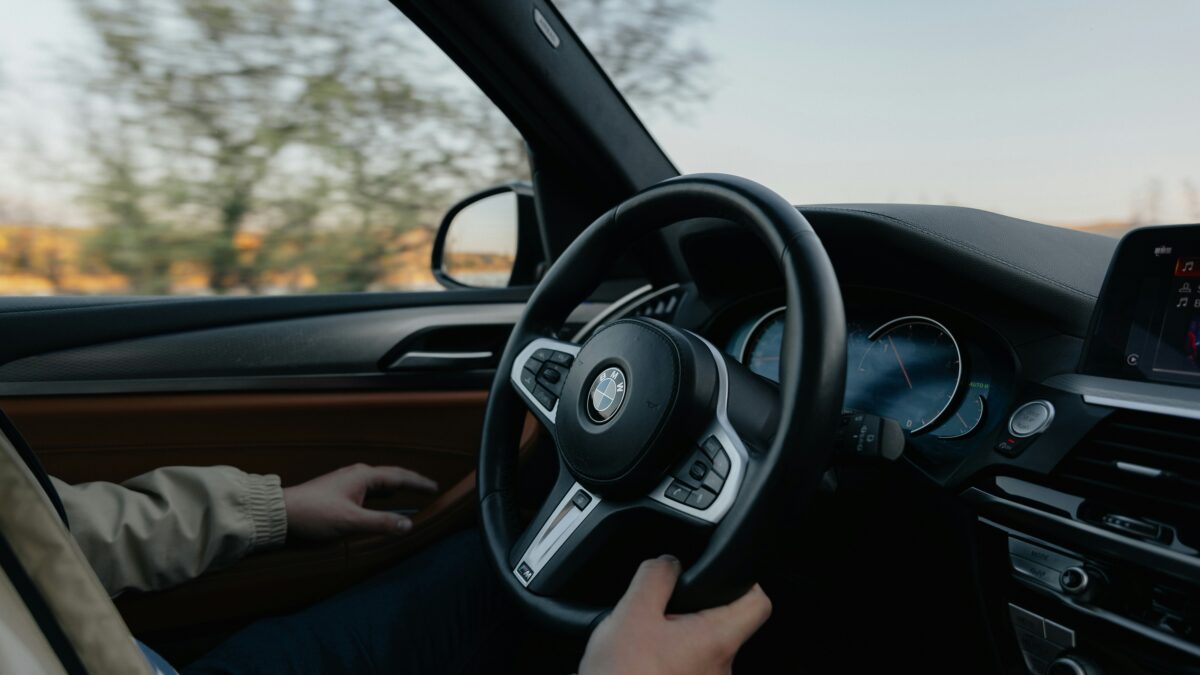
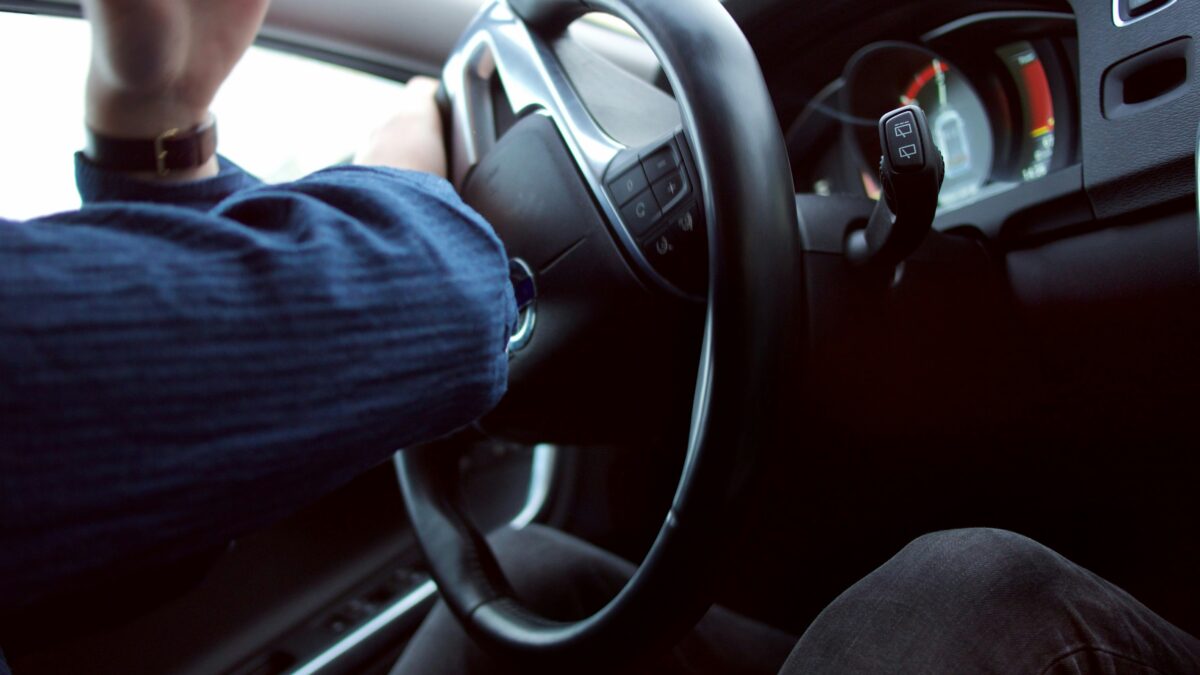
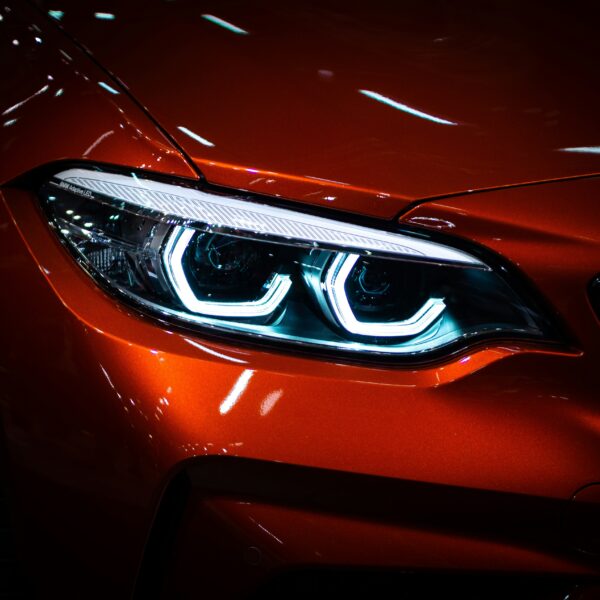

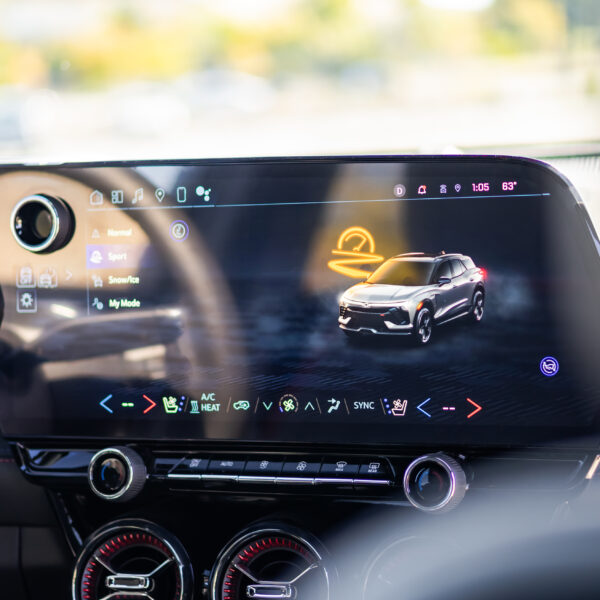



The next step should be something similar to google glass, a wearable augmented reality device. While there’s a lot of potential for distraction, there’s also potential for an enhanced driver experience, and increased safety.
I have a smart watch and it definitely is distracting some days.